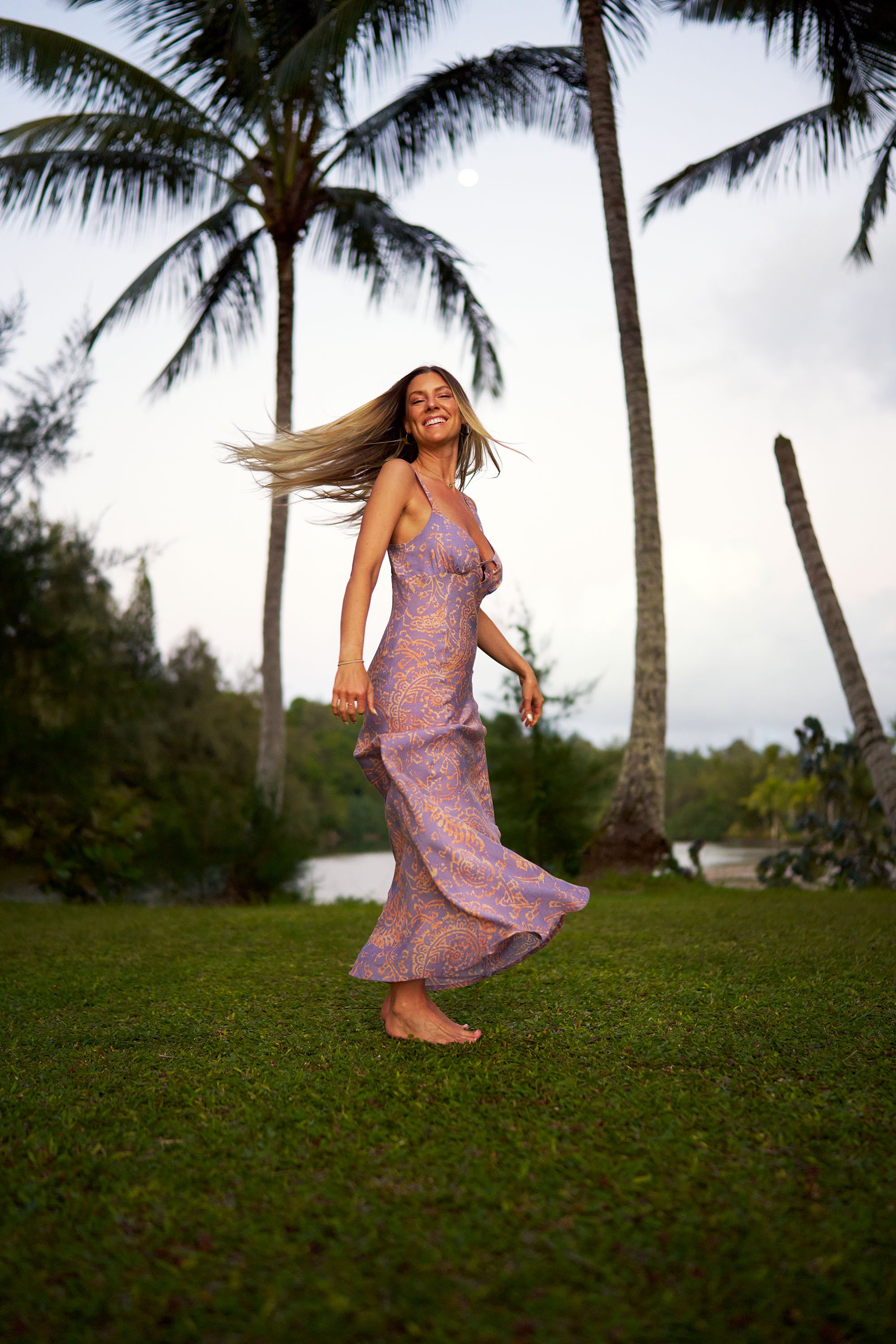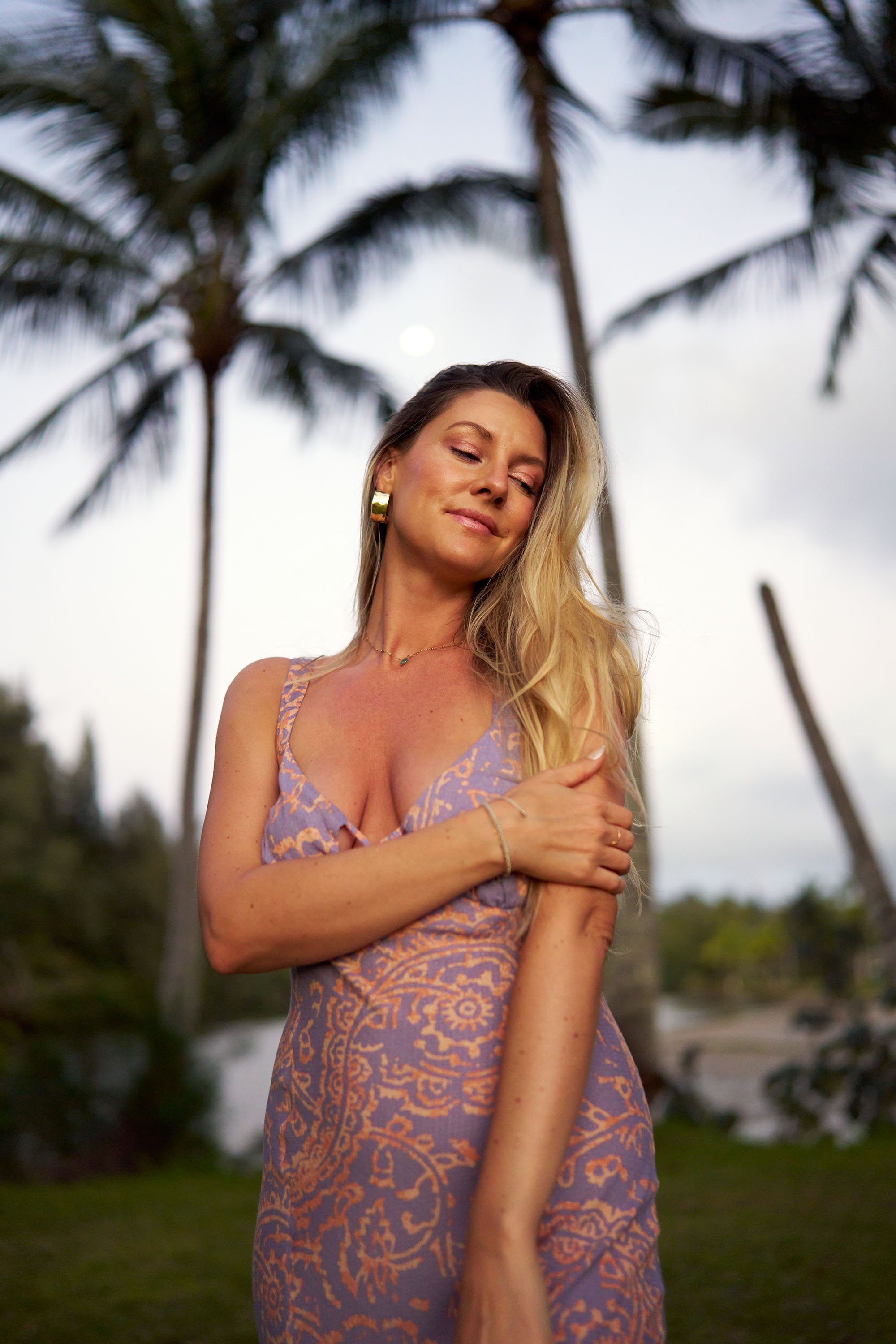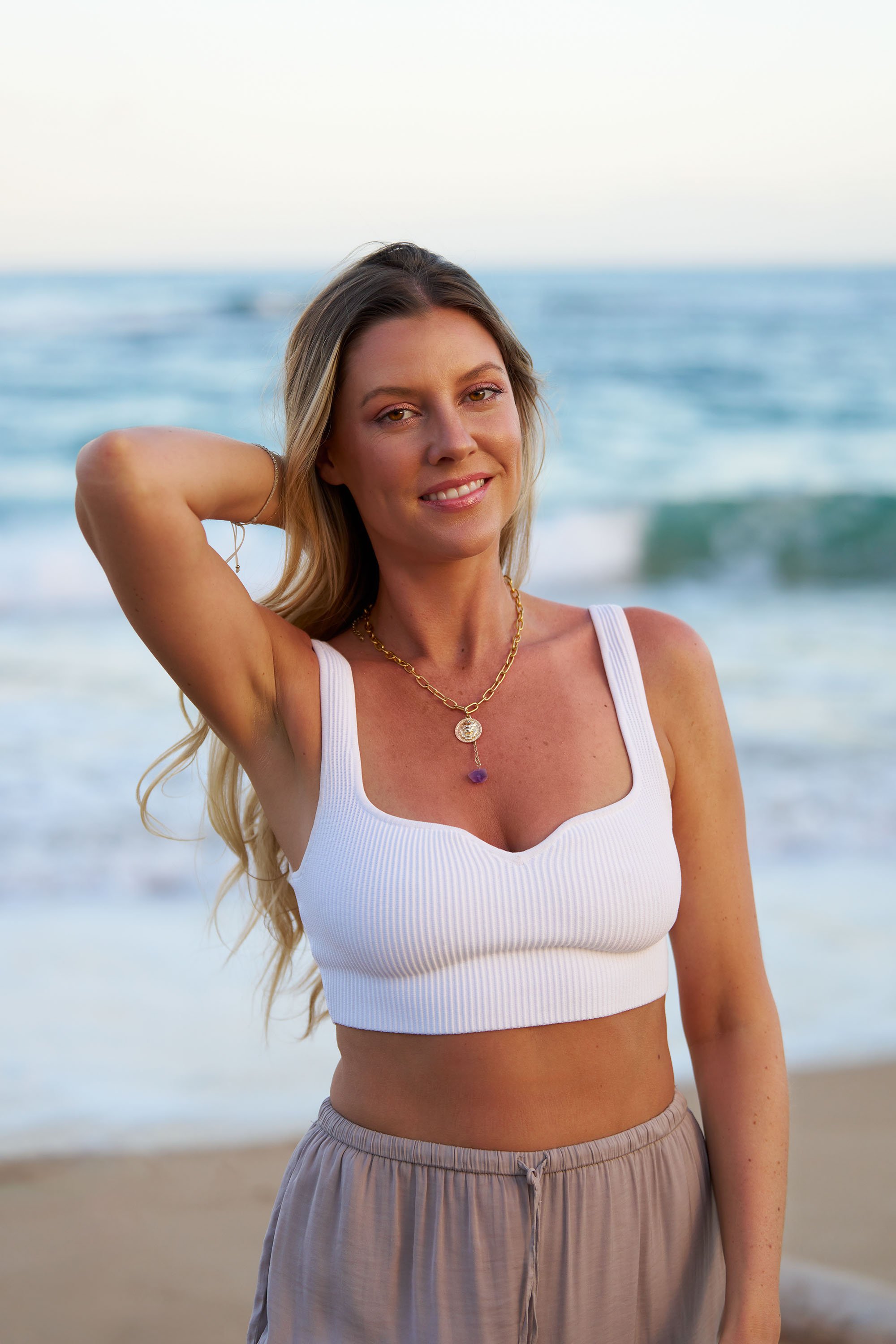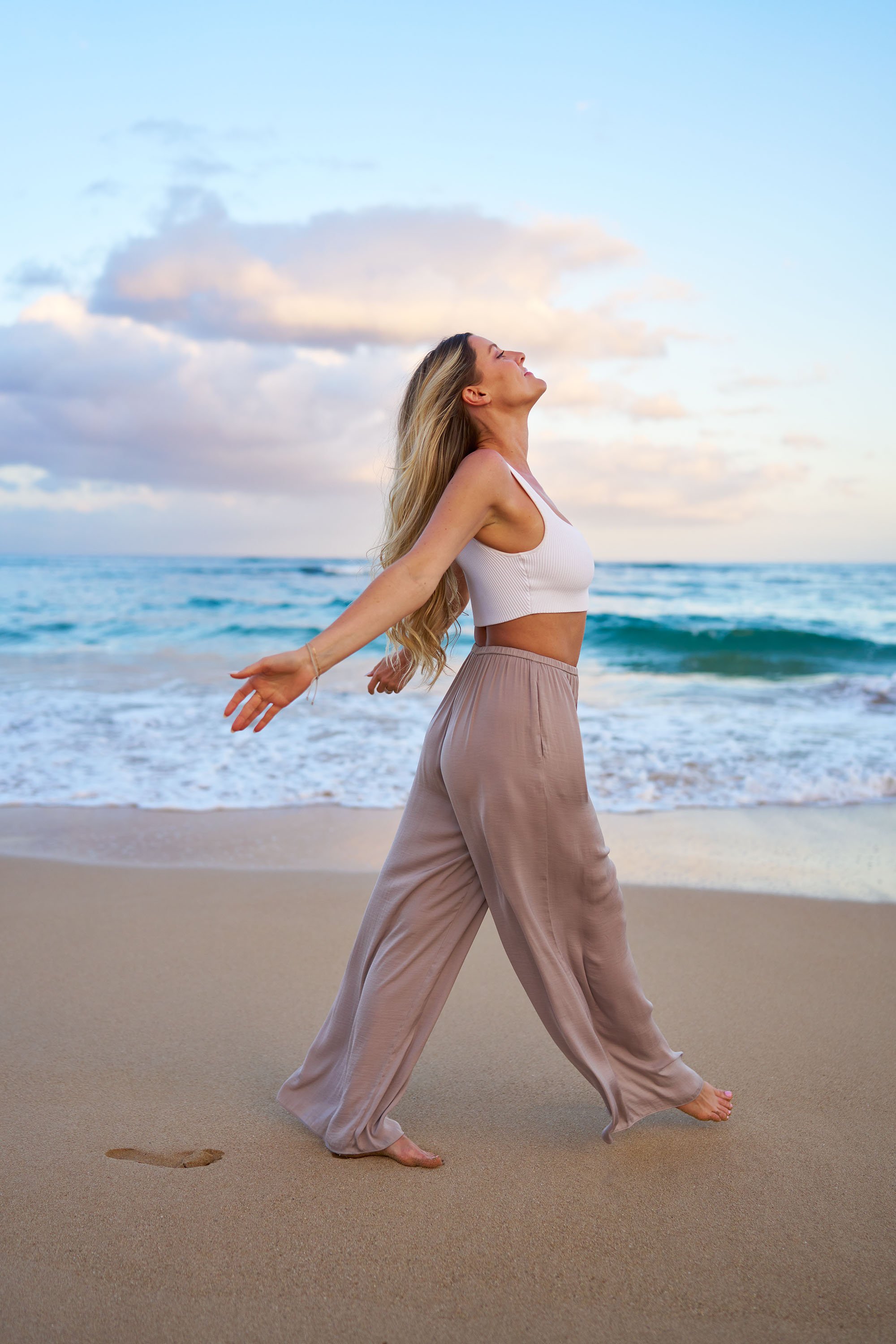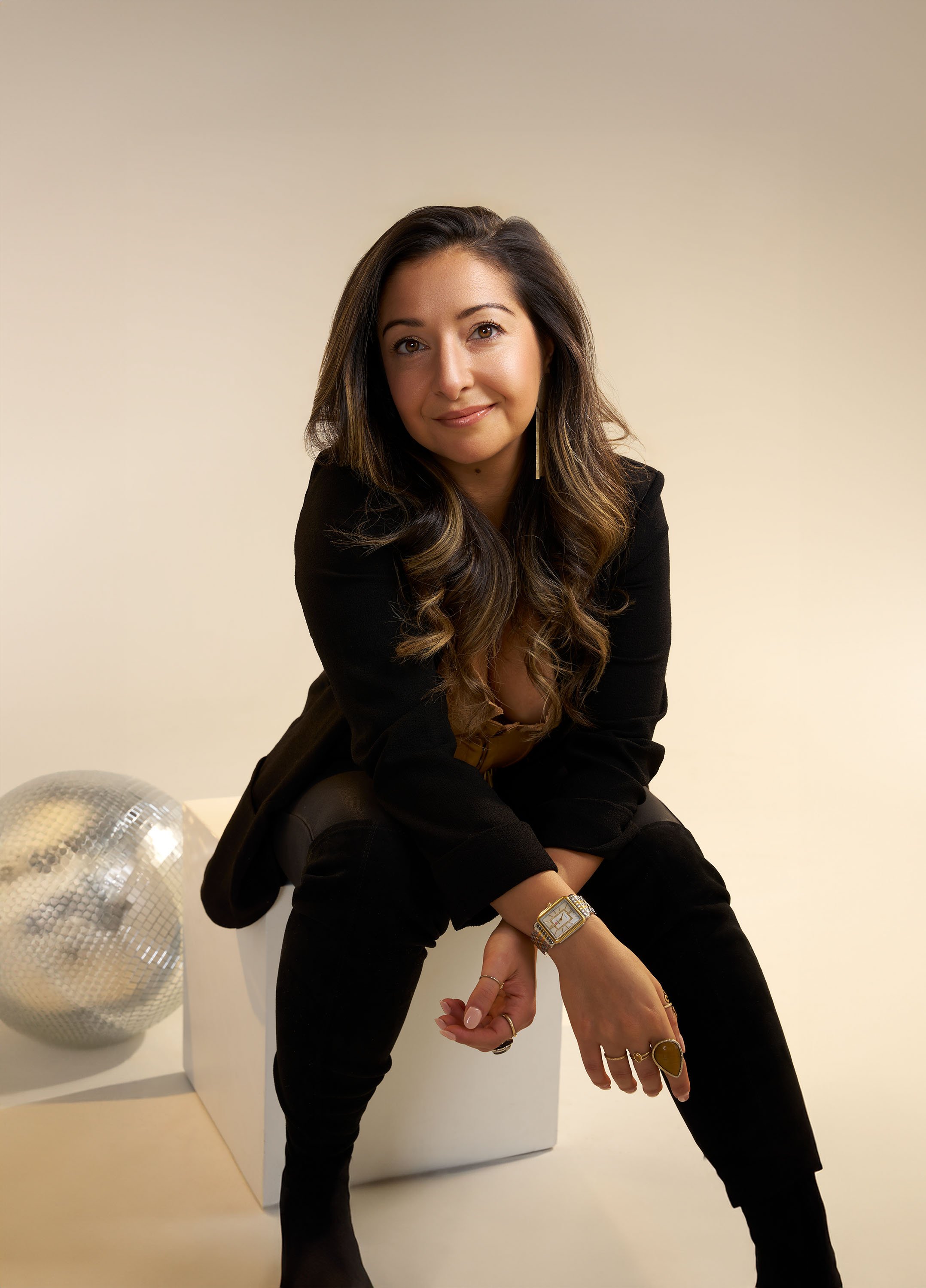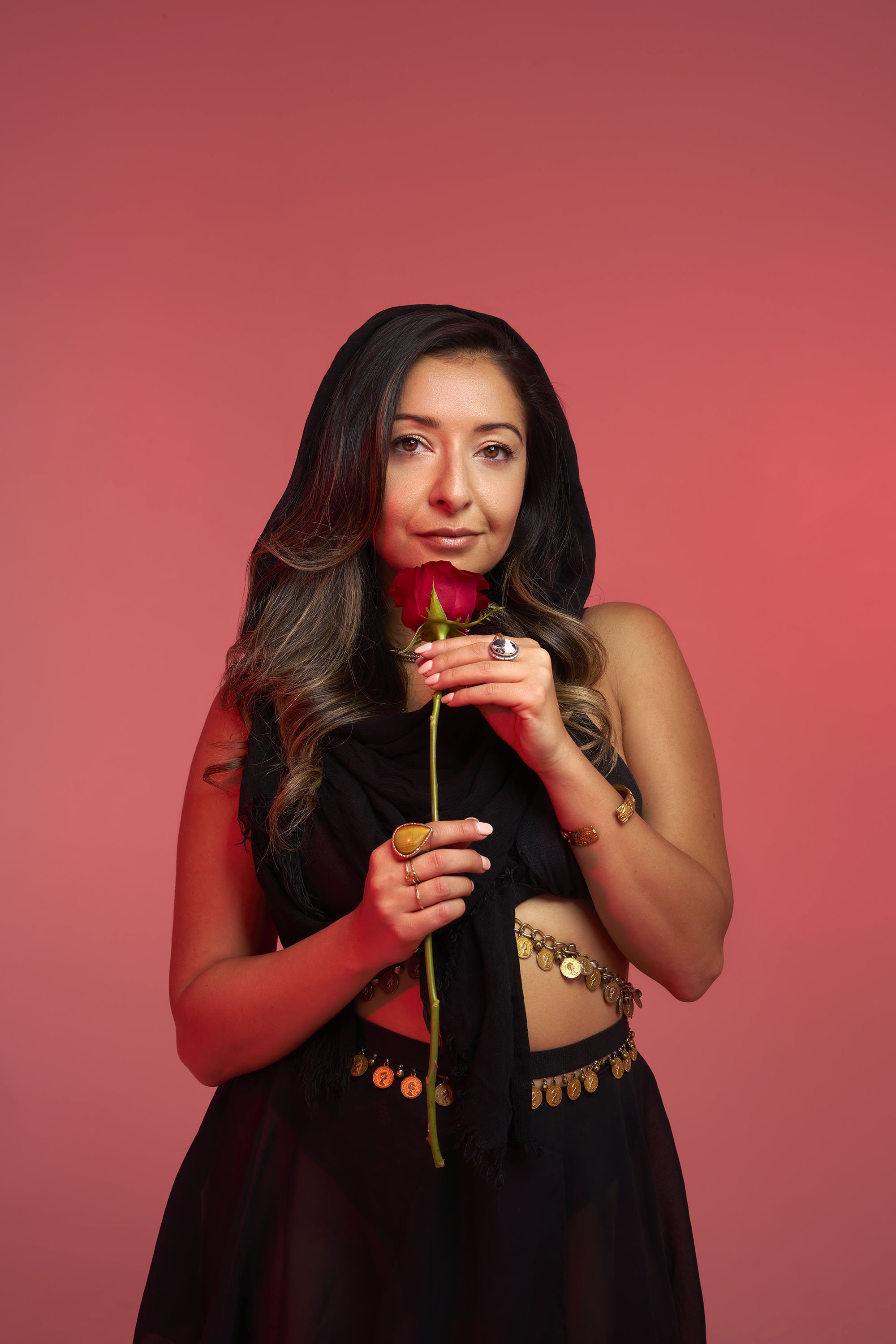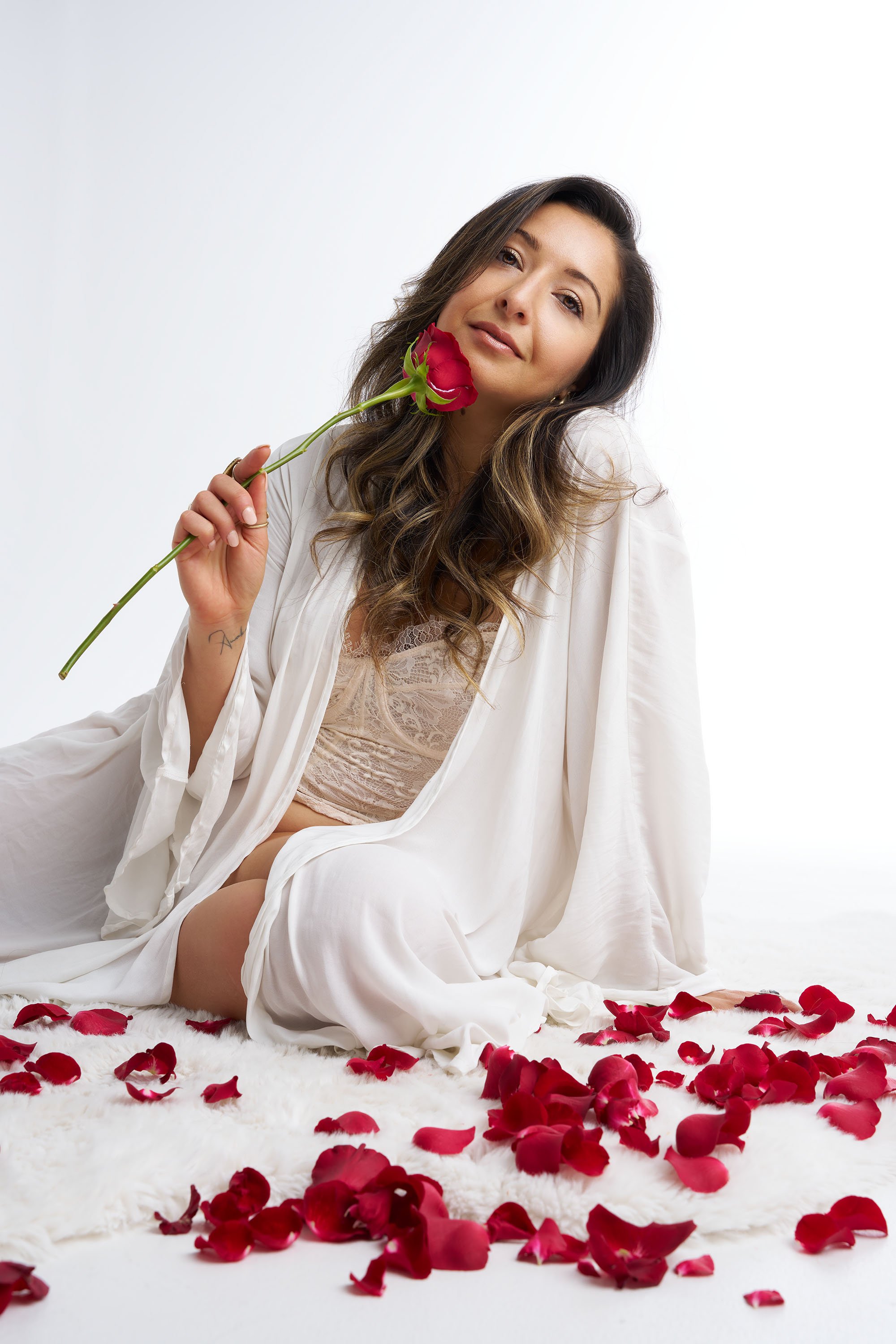Photography is a beautiful art that requires creativity, skills, and precision. As a photographer, it is essential to understand the different techniques and methods used in photography to achieve your desired results. Two of the most common methods are studio and on-location photography, and these methods differ significantly in several ways. In this post we will take an in-depth look at the differences between studio and on-location photography to help you choose the best option for your next project.
Studio Photography:
Studio photography is a controlled environment where the Photographer has complete control over the lighting, background, and other elements in the photo. It is ideal for those who want complete control over their images and want maximum precision and quality. If you're a portrait photographer, a studio can offer stunning and professional images that are perfect for headshots. The studio also provides the ability to control the lighting, and it allows you to create different moods in your photos. Moreover, as a photographer, you can take as much time as you need to set up your equipment, adjust settings, and capture your desired shots with tandem shots.
• In this image below, I’m utilizing a large soft source for my key light with a 5ft octabank which is about 45 degrees to the left of camera. An edge or rim light is providing a great highlight on Chase’s cheek and other parts of his body. This light is with a standard 7in reflector which is about 135 degrees camera right. A great technique to bring more depth to your imagery is to create shape on your subject which is essentially what is occurring in this image. The key light provides a nice soft light on my subject and directly opposite of the key light is my edge/rim light. In order to achieve the blue background, I am using a 3rd light off to the left with a blue gel over the light which is causing the colored background.
Chase shot for LSKD in the studio using a 3 light setup.
Chase and Sarah shot for LSKD in the studio with a 3 light setup.
Chase shot for LSKD in the studio using a 3 light setup.
On-Location Photography:
Unlike the studio, on-location photography is precisely what it sounds like. It involves shooting outside in different locations, including parks, streets, urban environments, and so on. This type of photography provides an authentic and natural look in your photos because the human eye is familiar with the light the sun provides. On-location shoots help bring out character from your scene, provides additional context and allows for a photographic story to come to life. Something to be mindful of when shooting on-location is the change in weather, rain, wind or overcast skies which could negatively affect the outcome of your shoot depending on the style or look you’re aiming to achieve.
• This series of images I shot for my client went through some overcast skies in the middle of the day which we just had to roll with the punches. The first image is with direct sun, as you might be able to tell by the sharp, harsh shadow created underneath Natalee’s body.
• In the second image with Chase doing an athletic sprinter’s move, you can see that the scene is rather flat and doesn’t have much contrast. Even his shadow is very faint due to the sun being behind the clouds. One of my favorite aspects to shooting on-location is the ability to use the environment in my composition. You can see that I positioned myself behind a rock and a tree, which provides depth and a unique perspective.
• The last image with both Natalee and Chase running together was at golden hour, where we caught the sun as it was setting which provides us a nice warm light source and some long shadows.
Natalee photographed for CW-X using natural light in Rocky Mountain National Park.
Chase photographed for CW-X using natural light in Rocky Mountain National Park.
Natalee and Chase photographed for CW-X using natural light in Rocky Mountain National Park.
Equipment & Props:
When it comes to studio photography, photographers usually have more control over the environment, which means they can choose from an array of backdrops and props, such as artificial lights, backgrounds, and lighting accessories that they can use to enhance their images. In contrast, on-location photography requires you to work with only the available resources to create a stunning photograph. There is an option to use battery powered strobes to light your subject or scene while on-location, but this typically requires more of a team to help you out which may not be easily available to someone who is first starting out. Photographers may use natural props, such as flowers and trees, or in urban settings, benches and walls to add depth and interest to photographs. The equipment used in both methods might also differ, depending on the type of project - whether that’s more portrait focused, or product focused. Studio photography requires a lot of specialized equipment, such as flashes, backdrops, reflectors, and so on, whereas on-location photography requires much less gear, such as cameras, lenses, tripods, and more compact lighting options.
Post-Processing:
Post-processing is an essential part of the photography process where you can further implement your unique style, and truly bring an image to life. Dodging and burning can really help accentuate your subject’s face in a portrait image, and that goes for the same on a product or automotive image as well. Color toning, vignettes, and other effects are stylistic choices that differ from each artist. I encourage you to play around with different styles to find what works best for you and how you’d like to represent your work. Bonus tip - I really enjoy browsing Behance, Pinterest, and Instagram to draw some inspiration from other artists. I find that this helps keep me inspired and itching to create or try something new, or just to refine my skills.
Conclusion:
Studio and on-location photography methods offer their own unique advantages and disadvantages. Ultimately, it all comes down to the photographer's preference, the client's needs, and the project's mission. Understanding the differences between these two methods can help you make an informed decision about the best way to approach your next project. Whether you choose the studio method, the on-location method, or a combination of both, there are many options available to photographers at all skill levels.
Thanks for stopping by and I hope this post provided some value to you!
Much love,
DJ







